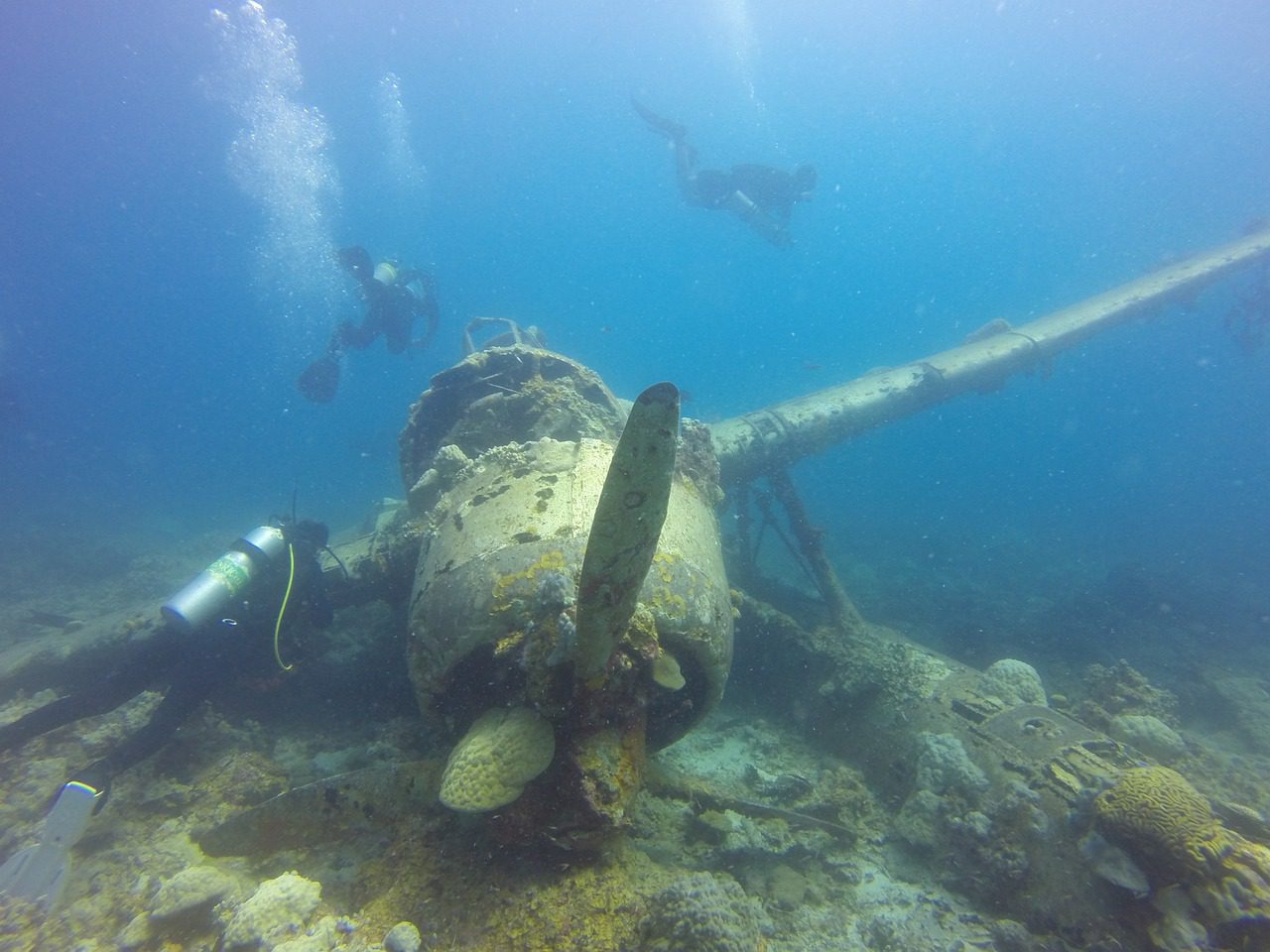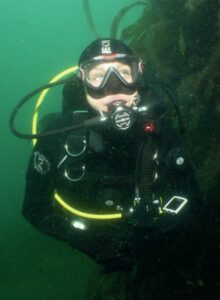Continuing our series in conjunction with scuba.com – your one-stop-shop in North America for dive gear, snorkelling equipment, general watersports kit and much more, with a huge online presence and stores in New York City and Costa Mesa, CA.
Throughout their training, scuba divers are made aware of the many risks that come with deep water diving. These can vary from malfunctioning equipment to something as serious as a fatal health condition. In this article, we shall discuss one of the more-uncommon but very real threats that come with scuba diving: nitrogen narcosis.
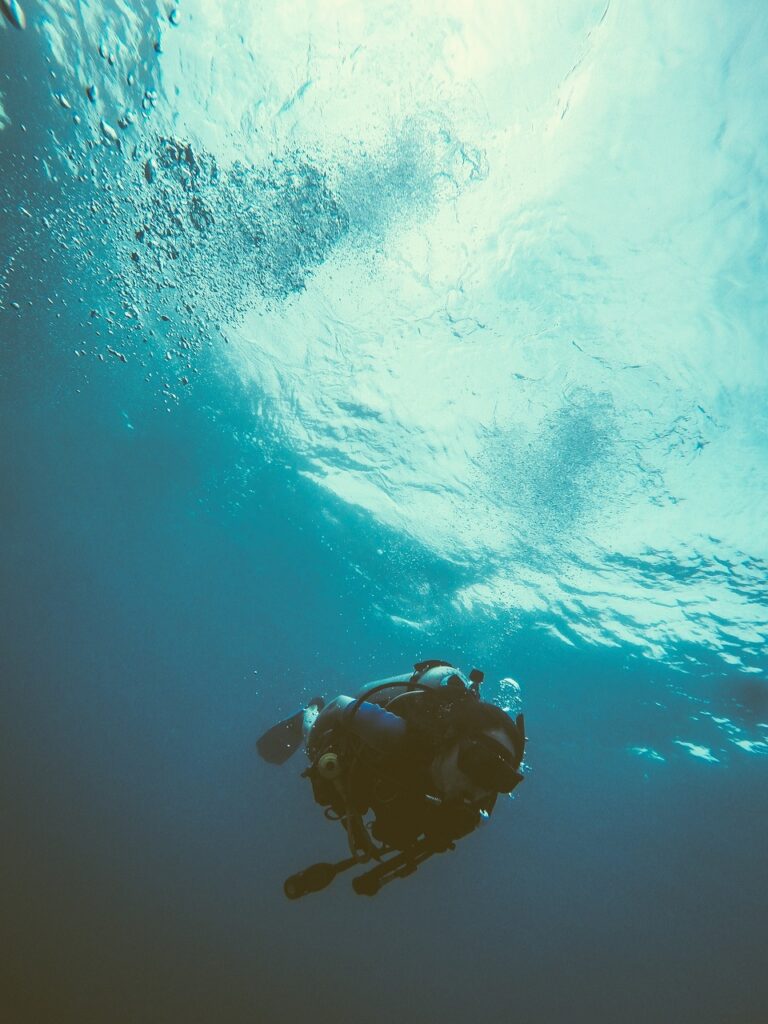
What is nitrogen narcosis?
Nitrogen narcosis (also referred to as inert gas narcosis, raptures of the deep, and the Martini effect) is caused by breathing high partial pressures or concentrations of nitrogen while underwater. Interestingly, it’s the same phenomenon that takes place when you skydive.
While scuba diving does sometimes involve breathing air that’s mixed with nitrogen, this condition is caused when the diver goes deeper into the water, where the partial pressure of nitrogen increases and more nitrogen ends up getting absorbed into the bloodstream.
The higher the nitrogen concentration in the bloodstream, the slower the nervous system will be, and the more likely the diver will experience intoxicating effects that can seriously impair their judgment underwater – possibly enough to lead them into dangerous situations.
Is it the same as decompression sickness?
Nitrogen narcosis should not be confused with decompression sickness or the bends, which takes place when inhaled nitrogen forms bubbles in the blood and tissues and were not effectively eliminated through exhalation because the diver stayed underwater too long or ascended too fast.
These small bubbles can block blood flow to certain parts of the body, potentially leading to irreversible tissue damage and even death.
The amount of narcosis you may experience on a given day is a function of depth, so it’s hard to predict which exact depth is ‘unsafe'. It becomes even harder since the narcosis affects every diver differently – some are simply more susceptible on some dives than on others.
According to seasoned divers, one can start to experience the symptoms of nitrogen narcosis at depths of around 30m, and these will become increasingly severe at around 40m+ below the surface. For this reason, a depth of 40m is considered the recommended ‘cut-off' for recreational diving.
Although prevention is usually the best medicine, it’s vital for every diver to know how to treat nitrogen narcosis in order to have a safe and memorable experience in the water.
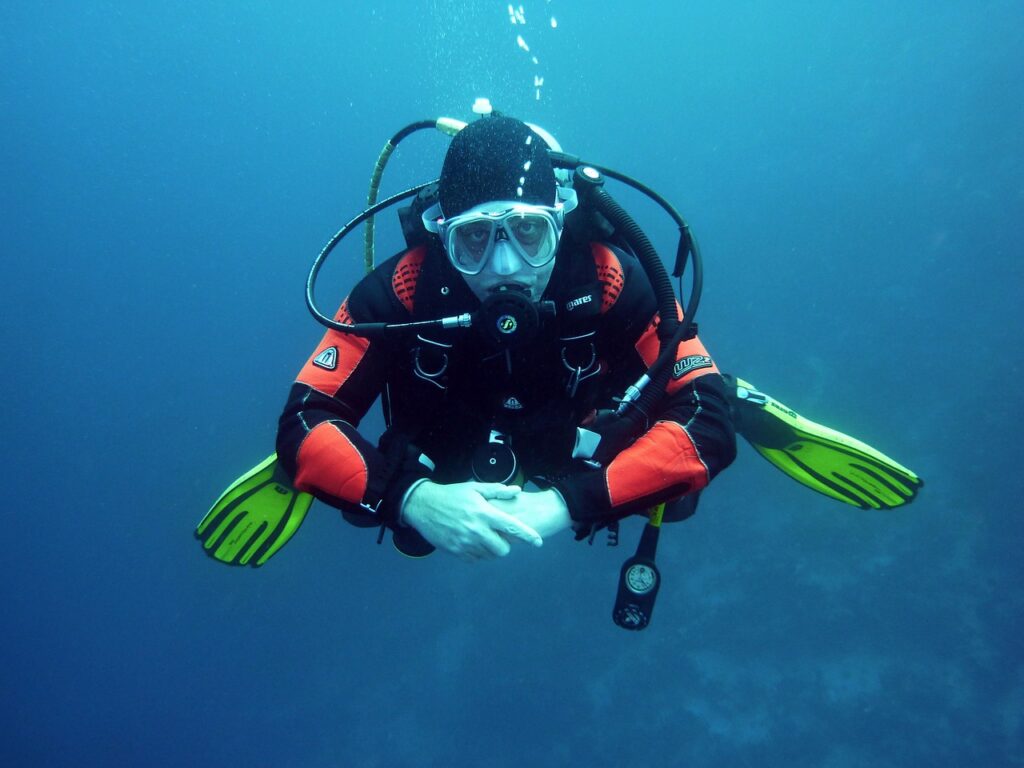
Nitrogen narcosis symptoms
In many cases, you’ll be able to see the effects of the narcosis right away. It noticeably slows brain functions, but the effects can do more than just mess with your mind because it is believed that nitrogen gases react with lipid or fat tissues, which the brain is mostly made out of.
Below are just some of the most common nitrogen narcosis symptoms you should watch out for:
Slowed mental ability
When nitrogen narcosis strikes, nitrogen can start acting like an anesthetic and reduce your mental powers to those of a staggering drunk – complex thoughts can become variably harder, and the head can feel extremely cloudy.
It will be hard to think of multiple things at the same time, which can be a real problem since diving is a multitasking activity that involves monitoring and dealing with many things at the same time, like buoyancy, depth, tank pressure, your buddy, etc.
Numbness
Also similar to intoxication, narcosis can cause feelings of numbness. This can be dangerous as it can also reduce a diver’s perception of discomfort, particularly when the water gets too cold and the mind is unable to tell the body to regulate its own heat.
Euphoria
Divers have been known to do some pretty amusing things while experiencing nitrogen narcosis. They typically act as if they were drunk on alcohol or high on stimulating drugs. Affected divers will sometimes chase fish, hear fish sing or talk, and so on.
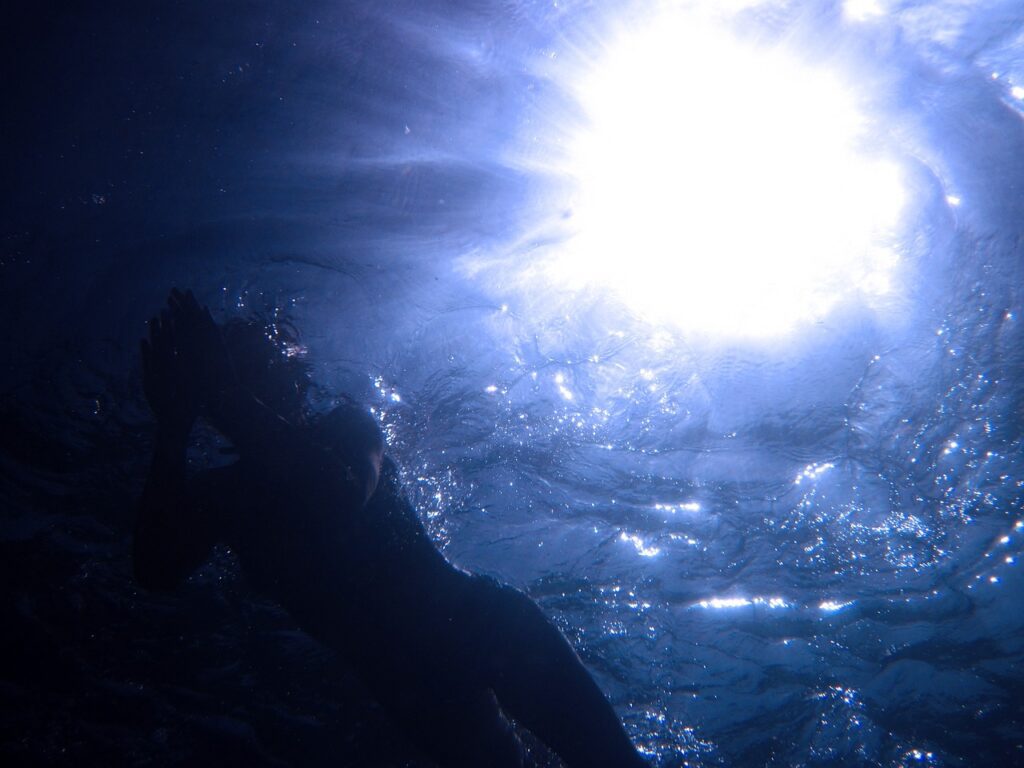
Short-term memory loss
Narcosis often makes divers show signs of short-term memory loss. They can forget their most recent training or how to work their rental scuba gear and equipment (like BCDs). They may also forget the task they were sent down to do.
Hallucinations
In more severe cases, some divers behave in ways that cause more concern, like checking their octopus for air pressure instead of their gauge, or almost killing their own dive buddy. Still think it’s pretty harmless? Think again.
Sudden depression
Since nitrogen is an inert gas, it can have substantial effects on the brain and can cause a depressed mental state. While most of the symptoms eventually cease upon a successful ascent, some symptoms are severe enough to prevent proper ascension.
Convulsions
In severe cases, divers have been known to experience convulsions, possibly causing loss of consciousness in extreme cases. This can obviously be very dangerous as it can lead to instant death while deep underwater.
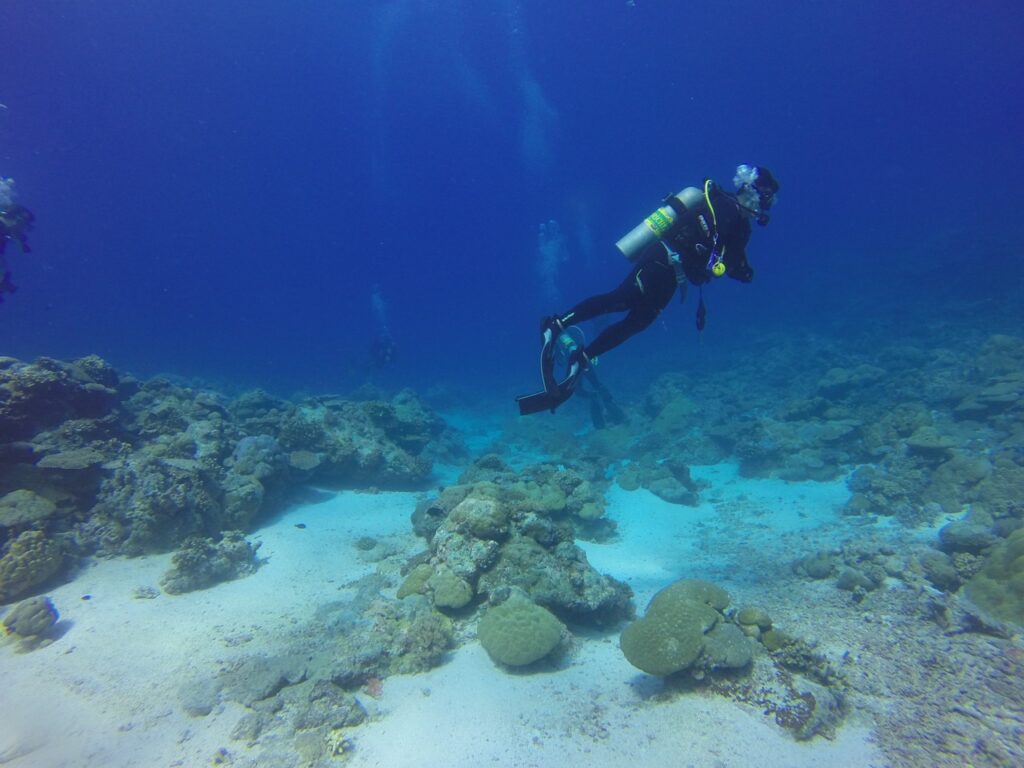
Treatment for nitrogen narcosis
Fortunately, nitrogen narcosis is temporary and presents no long term danger, as long as the symptoms are clearly recognized and immediately attended to by the diver and their buddy.
It’s important to note that the symptoms of nitrogen narcosis are more noticeable during deep dives, but it can be difficult to address if the diver becomes too disoriented and unable to make the decision to take control of the situation.
This is one of the reasons your dive buddy, Divemaster, or instructor needs to know how to identify the symptoms. It may be hard or impossible for you to identify the strength of them yourself, or respond properly to the condition.
Fortunately, treatment for nitrogen narcosis can be enacted while still on the dive. He or she will simply have to follow the next few steps:
Ascend
The effects of nitrogen narcosis are completely reversible. The first step typically involves the diver simply ascending to a shallower depth at a safe rate and allowing the pressure of the nitrogen to decrease.
Wait
The diver should then take a moment for their body to re-adjust to the change in pressure. In most cases, this will cause the symptoms to subside and eventually disappear.
Thankfully, narcosis has no long-term effect or ‘hangover', and a diver who has felt the effects of narcosis recovers almost immediately.
Re-evaluate
If the diver feels well enough after the symptoms have subsided, they can continue the dive. However, they should not return to the specific depth they were at during the time their symptoms began.
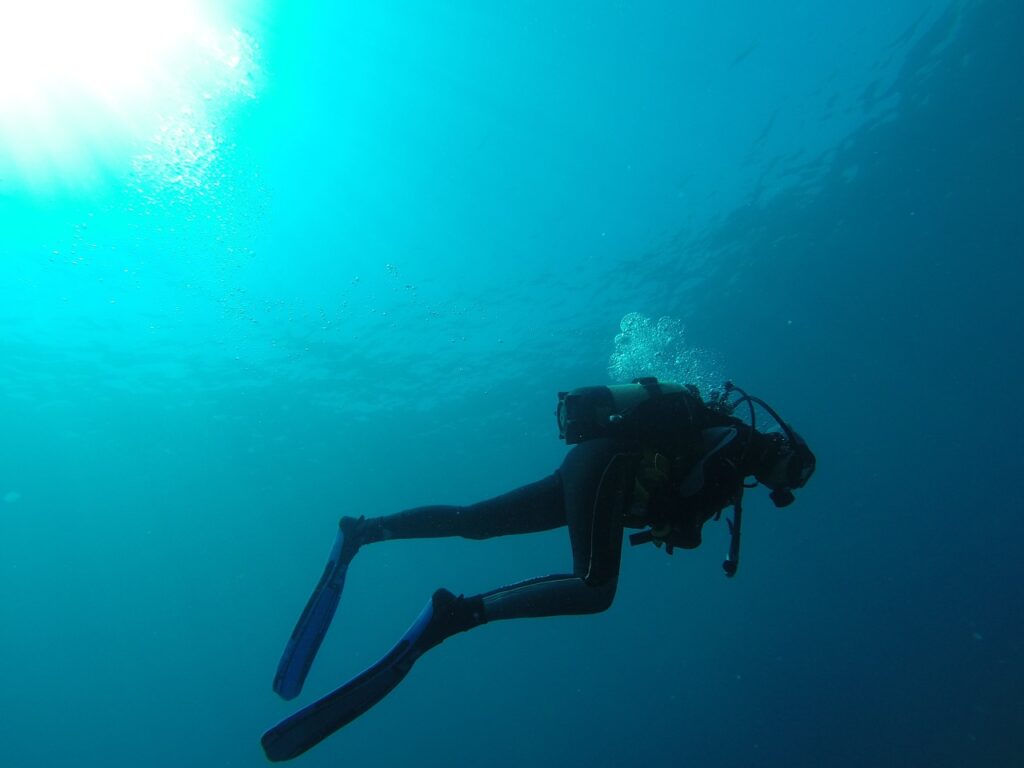
Nitrogen narcosis risk factors
Nitrogen narcosis occurs most commonly when a diver gets past around 30m deep. The increased pressure can alter the gasses that are being breathed in by the diver (mainly nitrogen and oxygen). Some divers are more prone to experiencing nitrogen narcosis than others and some divers will never experience it.
Nitrogen narcosis is relatively harmless and is unlikely to cause the diver any issues. For most, the nitrogen narcosis symptoms will disappear once they ascend a few feet. But, some risks that divers might need to take into consideration is that they might experience confusion which could affect their decision making. They might forget to check their no decompression limits or swim away from their dive buddy. It’s important to signal to your buddy if you experience nitrogen narcosis so they can keep an eye on you.
Safety tips against nitrogen narcosis
Take or refresh your deep diving courses
As an advanced diver certification student, you probably remember your instructor making you do a puzzle or math problem on the surface and underwater at around 30m. This was to test your response time and compare the two to test if you got ‘narced'.
Needless to say, in case of an emergency underwater, a diver needs to be able to think quickly and react accordingly.
Aside from being aware of the symptoms, be very careful of how deep you decide to go. Consider your training level before you decide to risk those few extra metres.
The good news is, those accustomed to diving often or at deeper depths appear to feel the effects of nitrogen narcosis to a lesser extent, but never make a dive deeper than what you have been trained for or what you are uncomfortable with.
Stay above 30m
Obviously, the safest way is to prevent yourself from getting ‘narced' at all. But that doesn’t mean you should miss out on all dives that go below 18m, does it? You can go beyond 18m, but don’t go past 30m, where symptoms start to become more noticeable.
Still, a diver must learn the warning signs and remain vigilant in assessing their mental state and that of their diving buddies.
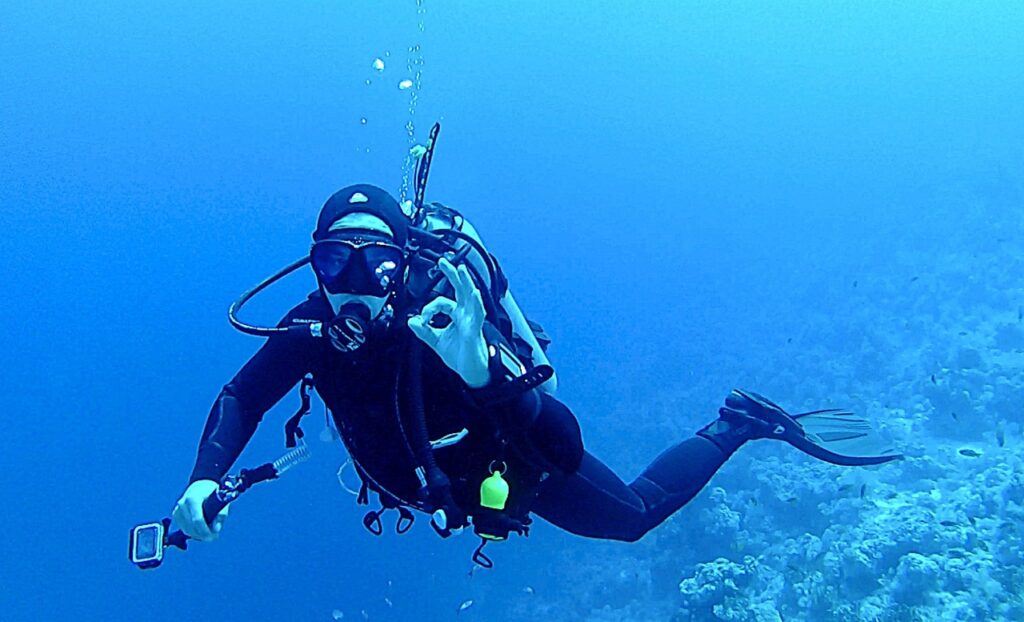
Expect it to happen
If you’re diving below 18m, it’s best to assume that you’ll start to experience some symptoms – and it’s better to be prepared for this eventuality. Know all of the symptoms and learn how you can spot and treat them. Novices and professionals alike need to be able to identify the symptoms of nitrogen narcosis in order to avoid any mishaps or emergencies.
Be physically prepared
While the depths can already present huge risks, you don’t want other avoidable factors to exacerbate your symptoms. Physically prepare yourself before the dive by being well-rested and healthy. Remember that pre-dive fatigue, anxiety, stress, hangovers, and carbon dioxide retention or hypercarbia (which is caused by lung problems, environmental factors, or excessive rebreathing of exhaled CO2) can actually speed up the onset of narcosis.
This should go without saying, but never drink alcohol or have drugs before a dive, as it’s well-known that alcohol and several drugs can interact in surprisingly intense ways and produce the same effects as nitrogen narcosis while also promoting the latter.
Exhale slowly
Try to take slow, deep breaths with complete exhalations, and dive calmly to avoid exerting too much effort. Not only will this keep you from aggravating narcosis with physical exertion but it will also keep you from inhaling your nitrogen-filled gas faster than you should.
Stick to simple and familiar gear
Wear only familiar scuba equipment that you’re used to when going on a deep dive. It’s best that you know your gear so well that you can instinctively operate everything and not have to figure it out as you go. If you can’t avoid new dive gear, familiarize yourself with the equipment very well above water and at shallower depths before you dive any deeper with them.
Dive with a buddy
Try diving with a dive buddy you trust – ideally someone who has the same level of dive training, or greater. It’s easier for someone who knows you well to recognize that you’re not behaving normally (and may possibly be narced) than someone you don’t know at all. Make sure you also return the favour by keeping a close watch on them.
Bonus tip: Schedule gauge checks with your dive buddy at regular intervals (like every five minutes, for example) and agree to look out for each other and do the appropriate hand signals with eye contact at specific intervals. If your buddy misses any of these checks, assume he’s narced and get him to ascend a few metres until you feel he’s at a safer depth.
Dive according to plan
Plan a simple dive that’s harder to mess up. Remember the K.I.S.S principle: Keep It Simple, Stupid. While you’re at it, limit your deep dive times and don’t involve any strenuous activities during the dive.
When you make a plan, follow it. And when you check your instruments, believe them. There’s a reason why divers plan out their dives before hitting the waters and why they’re told to wear reliable dive computers. Safety should always come first, and this involves making sure that everything goes as smoothly as possible.
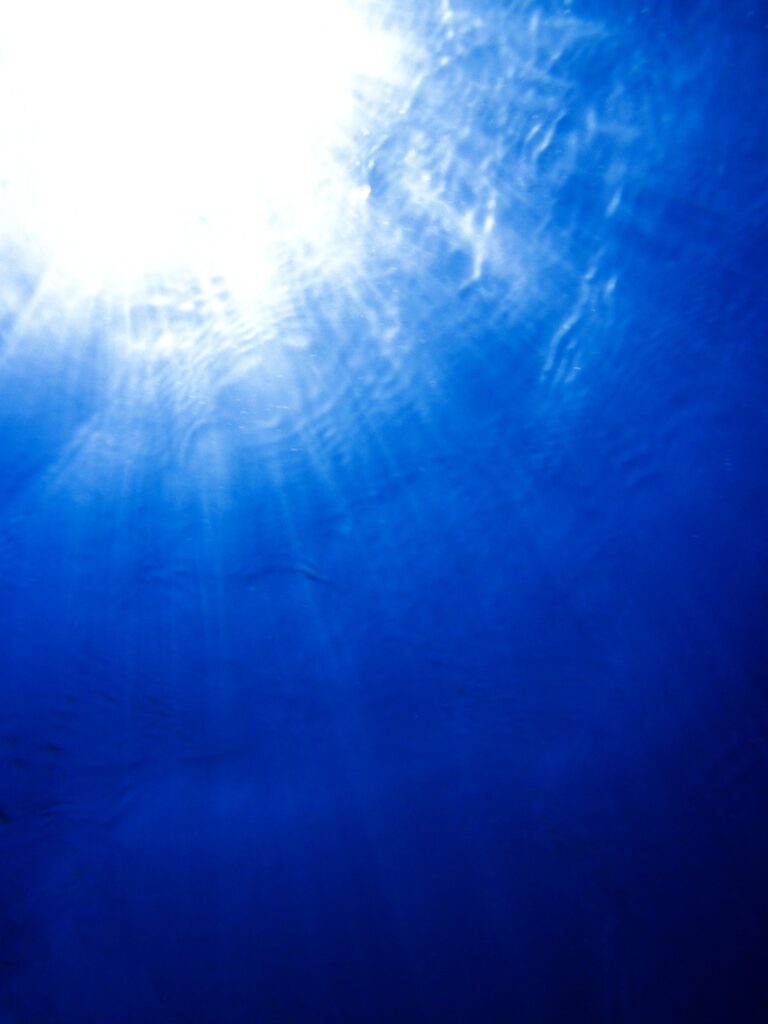
Practice for emergencies
You can never know your emergency skills too well, which is why you and your buddy should practice skills like weight ditching and air sharing until they become second nature. Getting used to conducting simple checks and tests of mental ability at regular intervals while on a deep dive will also help you assess the need to ascend.
If these aren’t practiced enough in normal circumstances, it’ll be harder for you to perform them under more stressful situations. You can’t depend on your ability to remember something you were taught months or years ago – so practice, practice, practice!
List down important details
It definitely helps to use a dive slate to write down even the most trivial of stuff. This is so you won’t have to struggle to remember things like your dive plan, how the camera controls work, where your BCD inflate and deflate buttons are, and so on.
Use other gas mixes
When planning a technical dive, consider using breathing mixes that are less likely to cause narcosis. You can use a trimix, which replaces a portion of the nitrogen in a standard mix with helium. Heliox is another option as it consists of oxygen and helium with no nitrogen, but it is generally more expensive and may also cause dizziness or nausea. Divers must be specifically trained in the use of these mixtures, and a dive shop will certainly not give you an air fill without proof of training.
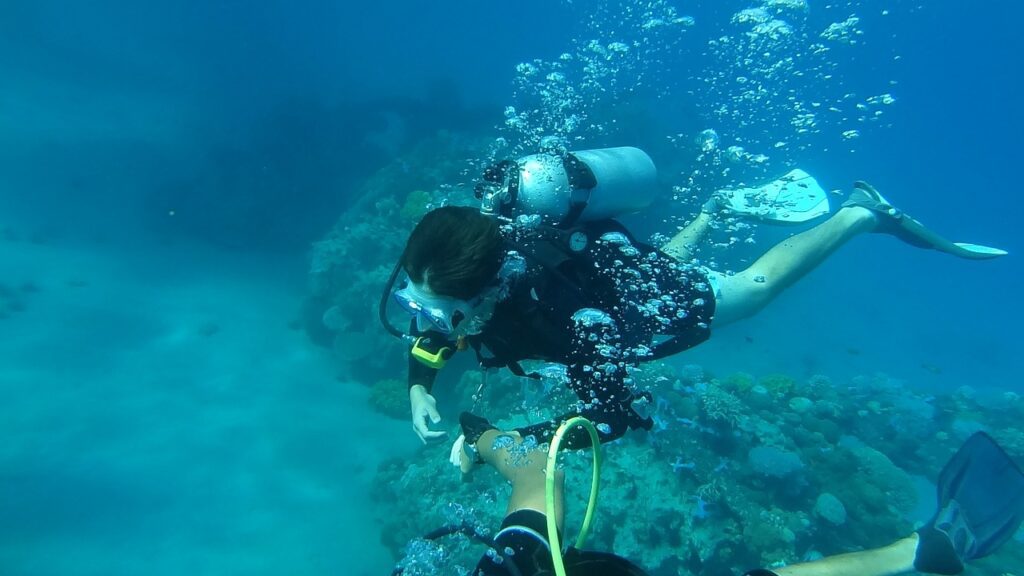
Conclusion
While some divers may not take nitrogen narcosis seriously, often referring to only the euphoria (or the ‘martini' effect), it is important to always be prepared to respond to a worst-case scenario during each dive.
Nitrogen narcosis is a fascinating yet potentially dangerous phenomenon that every scuba diver should understand and respect. Being aware of its symptoms, risk factors, and mitigation strategies allows divers to enjoy their underwater adventures safely.
Remember, responsible exploration and thorough training are the keys to unraveling the depths with confidence and wonder.
